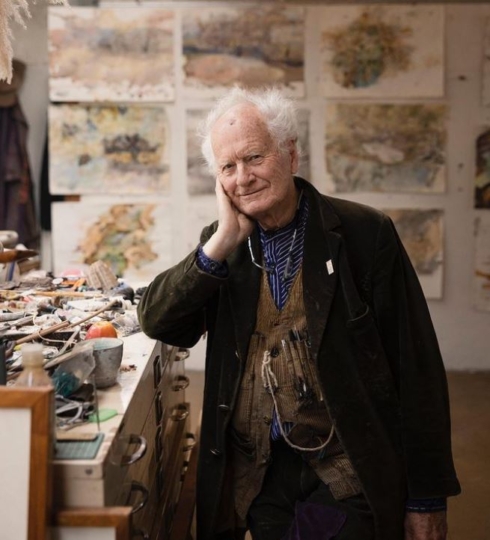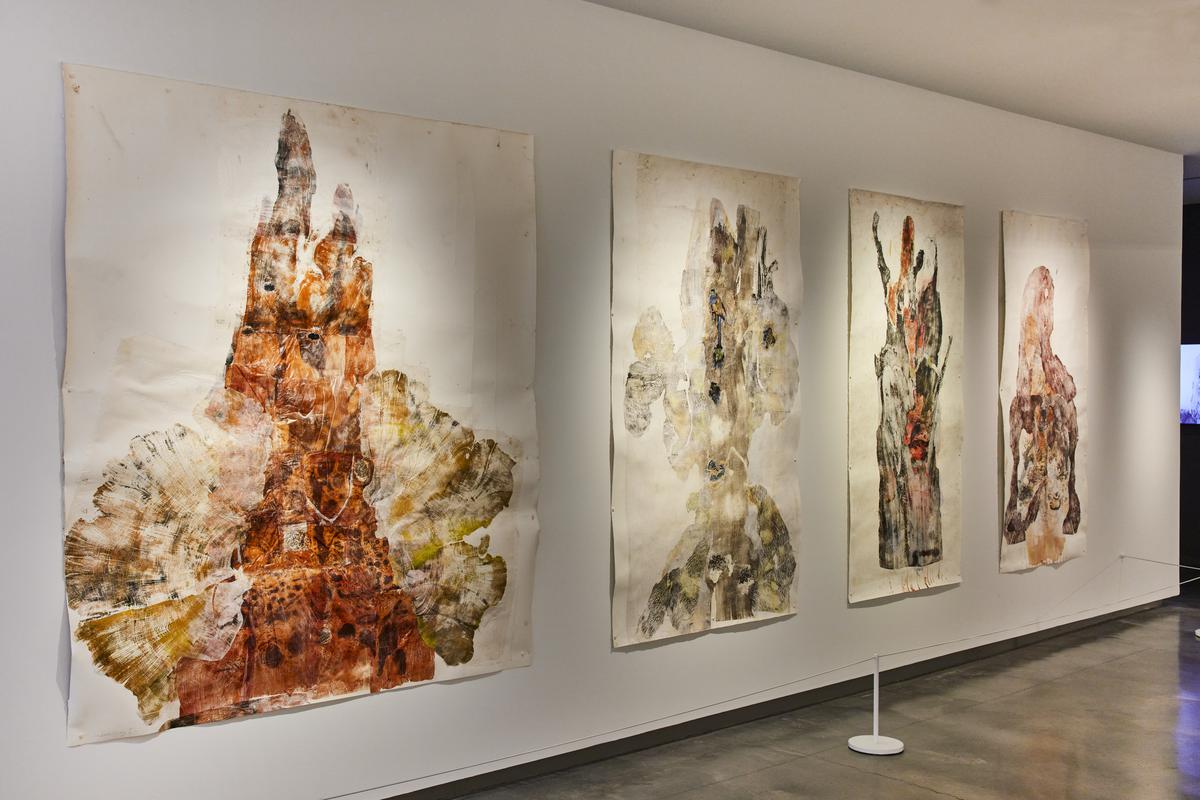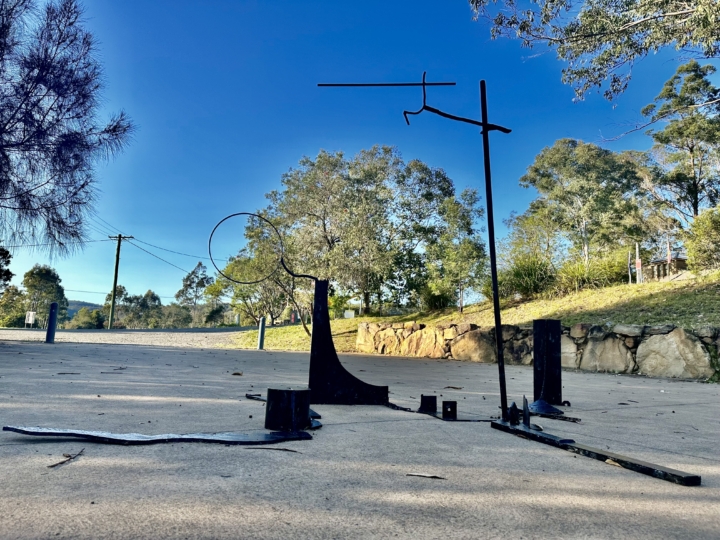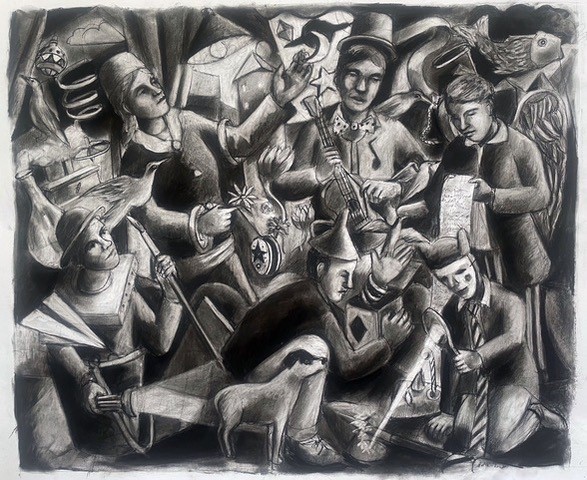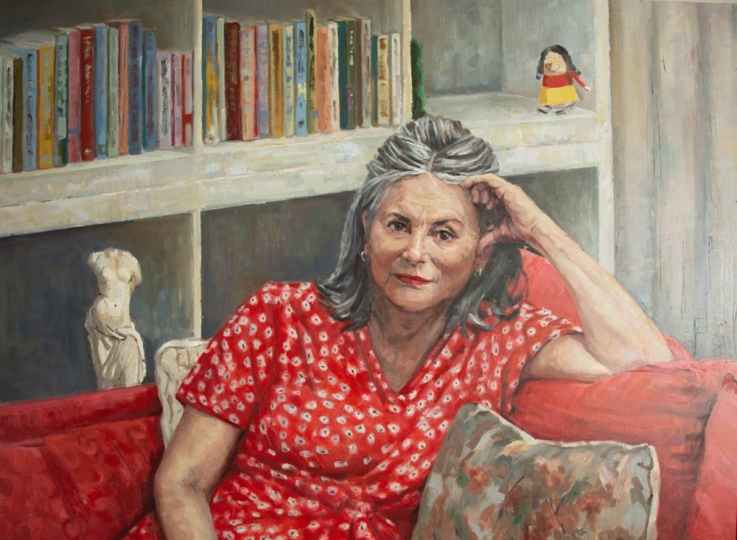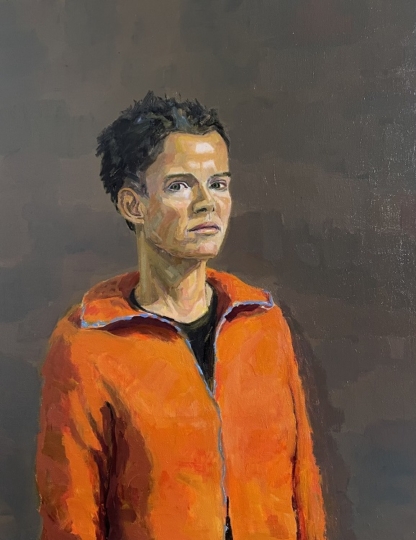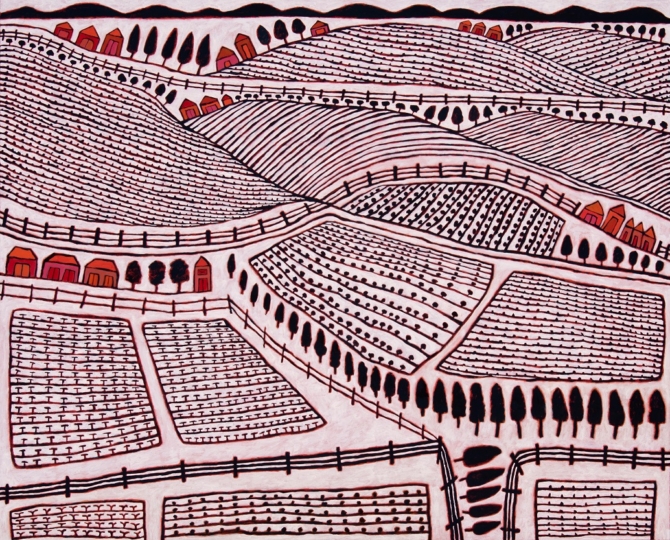- No products in the cart.
Exhibition
In Blog
John Wolseley Exhibition at Gippsland Art Gallery
John Wolseley The Overburden Dump, Hazelwood Power Station 1979 oil on board 14.7 x 60.9 cm John Wolseley: The Quiet …
John Wolseley – Feature in Artist Profile
Preeminent landscape painter and printmaker John Wolseley has been interviewed in his studio by Elli Walsh and published in Artist …
John Wolseley – The National 2021: New Australian Art at MCA
John Wolseley is included in the current exhibition, The National 2021, at the Museum of Contemporary Art in Sydney. The …
Orest Keywan, Michael Snape and Ayako Saito – Wollombi Valley Sculpture Festival
Image above: Orest Keywan That Line 2023 steel 168 x 271 x 190cm Congratulations to Orest Keywan, Michael Snape and …
Andrew Antoniou – Finalist in the Kedumba Drawing Award 2024
Image above: Andrew Antoniou Weird & Wonderful 2024 charcoal on paper 82 x 88 cm Congratulations to Andrew Antoniou who …
Christine Wrest-Smith – finalist in the Brisbane Portrait Prize 2024
Image above: Christine Wrest-Smith Portrait of Susan Johnson oil on linen 122 x 92cm Congratulations to Christine Wrest-Smith who has been …
Deborah Williams, Martin King and Phillip Edwards – finalists in Pro Hart Outback Art Prize
Image above: Deborah Williams The air smells different 2023 aquatint intalgio 53×39.5cm Congratulations to Deborah Williams, Martin King and Phillip …
Jenny Rodgerson & Peter Wegner – Finalists in The Lester Prize 2024
Above image details: Jenny Rodgerson Mum’s orange cardigan 2024 oil on linen 60 x 40 cm Congratulations to Jenny Rodgerson and …
Holly Grace & Sarah Tomasetti – Finalists in the 2024 Fleurieu Biennale Art Prize
Image above: Sarah Tomasetti From Balpatta X 2024 145 x 150 cm pigment oil and marble dust on fresco Congratulations to Holly …
2024 Salon des Refusés at S.H. Ervin Gallery
Image above (left to right): Graeme Drendel Portrait of Rick 2024 oil on canvas 41 x 31 cm | Michelle Hiscock …
Janet Luxton – Finalist in the Artists for Conservation International Exhibition
Image above: Janet Luxton Giant Australian Cuttlefish 2021 oil on canvas 120x160cm Congratulations to Janet Luxton who has had two …
Wayne Eager – Interview in Studio National
Above image: Wayne Eager, Allegory I 2023 oil on linen 95 x 133 cm Wayne Eager was interviewed by Janet …
Omina Art Prize Finalists – Kate Hudson, Martin King, Robin Stewart and Marina Strocchi
Image above: Marina Strocchi The vineyards of Madden’s Lane 2023 acrylic on linen 122 x 152 cm Congratulations to Kate …



